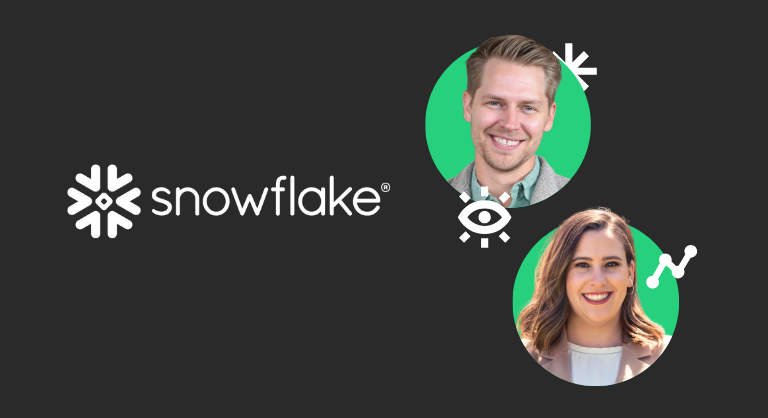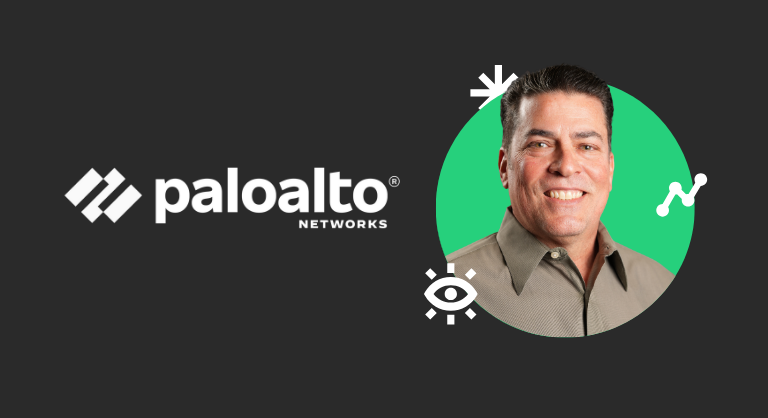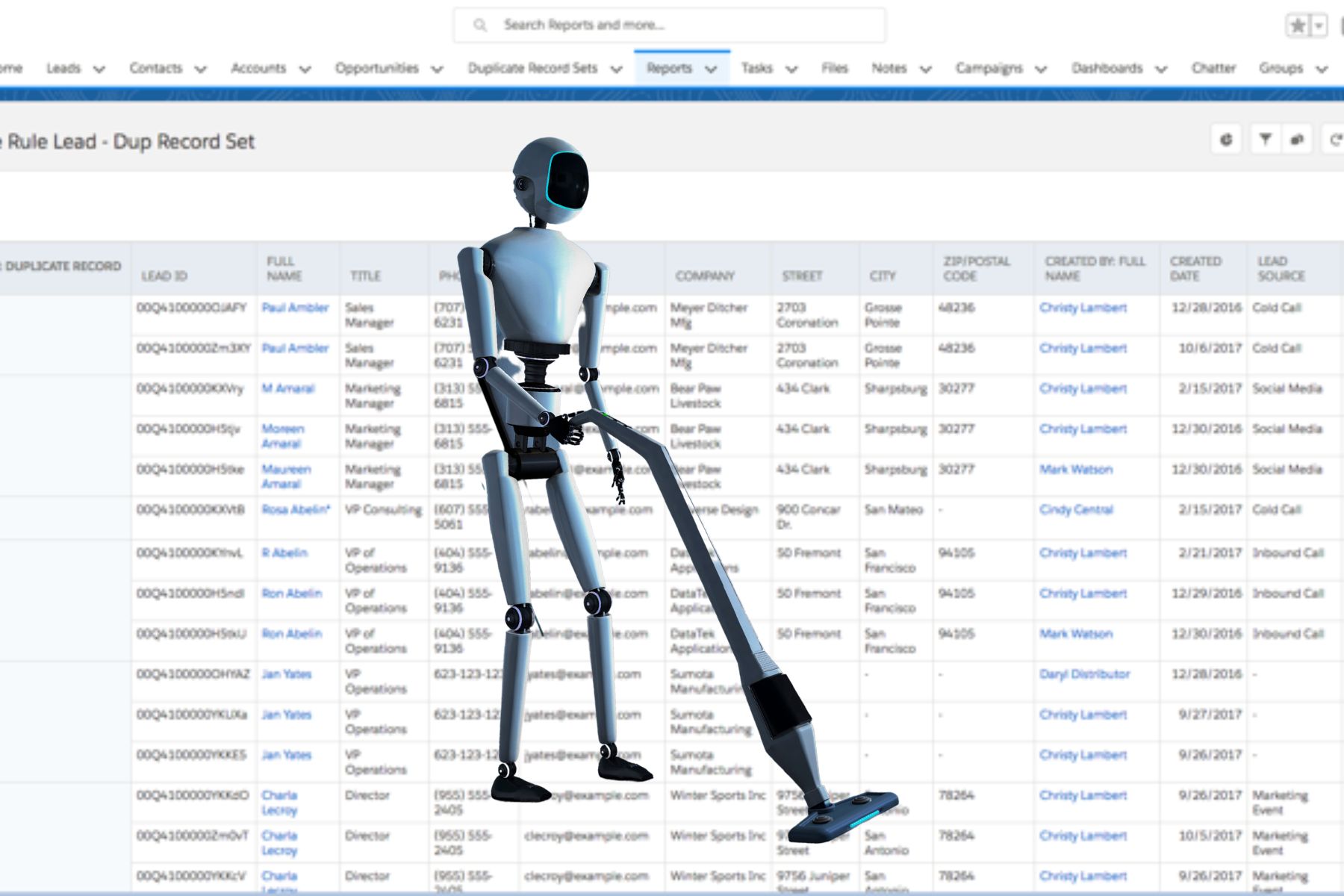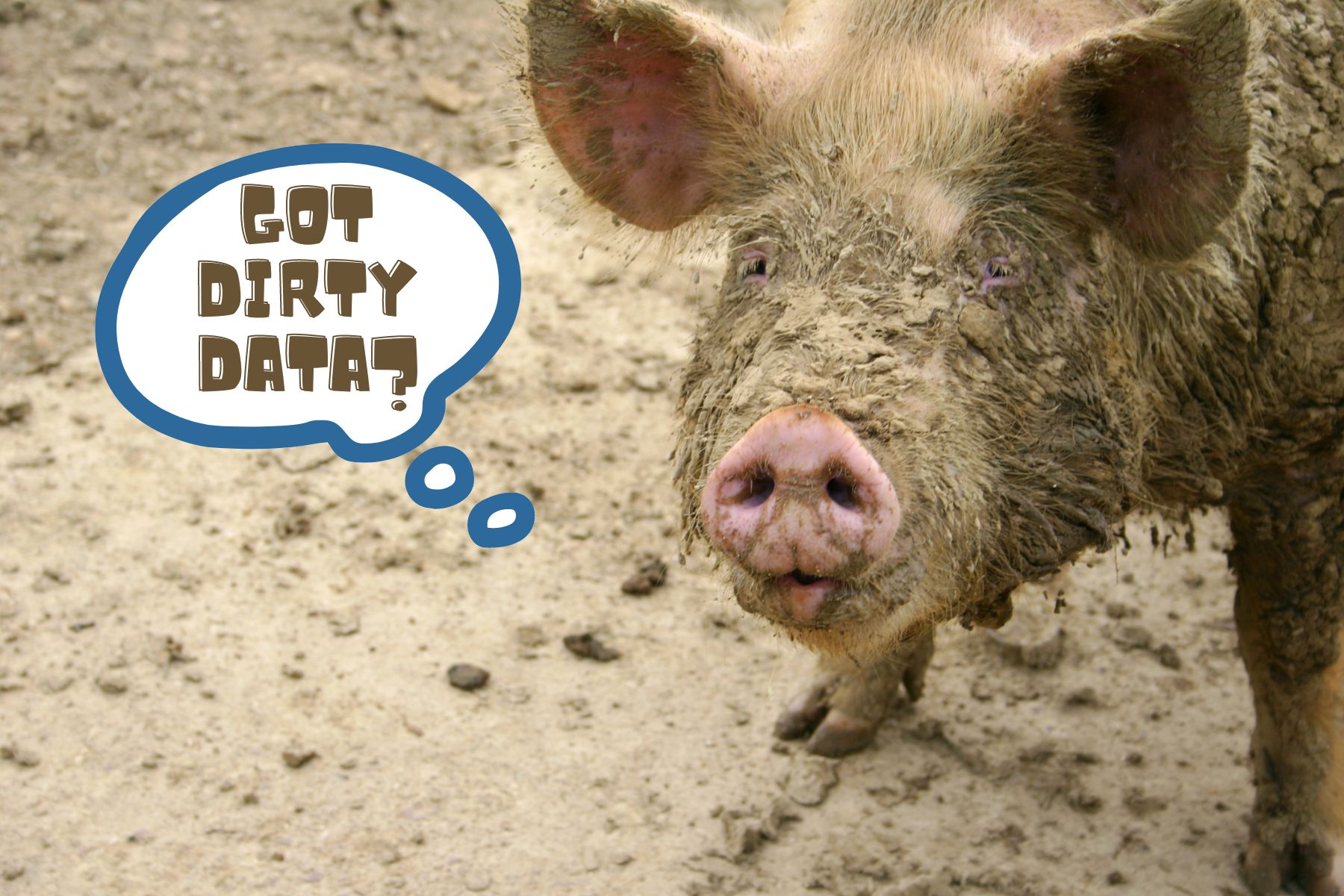Clean data may not be one of the top 10 buzz phrases for 2024. However, it’s arguably the most essential component of the hottest AI trends and tech industry predictions.
Data is the lifeblood of AI, providing the raw material for algorithms to learn, analyze, and make informed decisions.
Moreover, data is the invisible hero of your CRM.
Without clean data, your go-to-market motion is fraught with lead leakage, manual triage, a bad buying experience, and ultimately loss in revenue.
So to motivate you to keep your CRM data squeaky clean in 2024, here are five ways to maintain clean data in 2024.

#1 Maintain a Data Governance Plan
Hopefully you’ve already got a data governance plan in place. As part of that plan, there should be Rules of Engagement (ROE) available and accessible to internal teams for reference. The ROE document outlines how individuals and teams should handle data on a day-to-day basis.
If you’re just getting started, RevOps expert and data governance enthusiast Caterina Torres recommends these basic steps:
- Identify your data governance goals in a Business Requirements Document. This will establish the “why,” pinpoint the root causes of your dirty data and estimate the ROI for the project.
- Define and implement a standard for “workable” records. A workable record is any data record from which you can generate revenue. Collaborate with cross-functional departments to define what is considered a workable record.
- Create a project roadmap. Using radical prioritization, create a list of tasks and, following a priority matrix, evaluate what is most important. Any major changes to your CRM should follow progressive stages beginning with a sandbox, testing, and then deployment.
- Measure Success. Measure the changes you’ve made to your data management processes to evaluate success. How many hours have been saved? How many records are now “workable”? Has the number of help tickets decreased?
From a go-to-market (GTM) perspective, data governance is fundamental. Your data determines the identity of your buyer, how they engage with your product, and what triggers your Sales teams to respond. Whether your data is clean or dirty will impact revenue outcomes in the right or wrong direction.
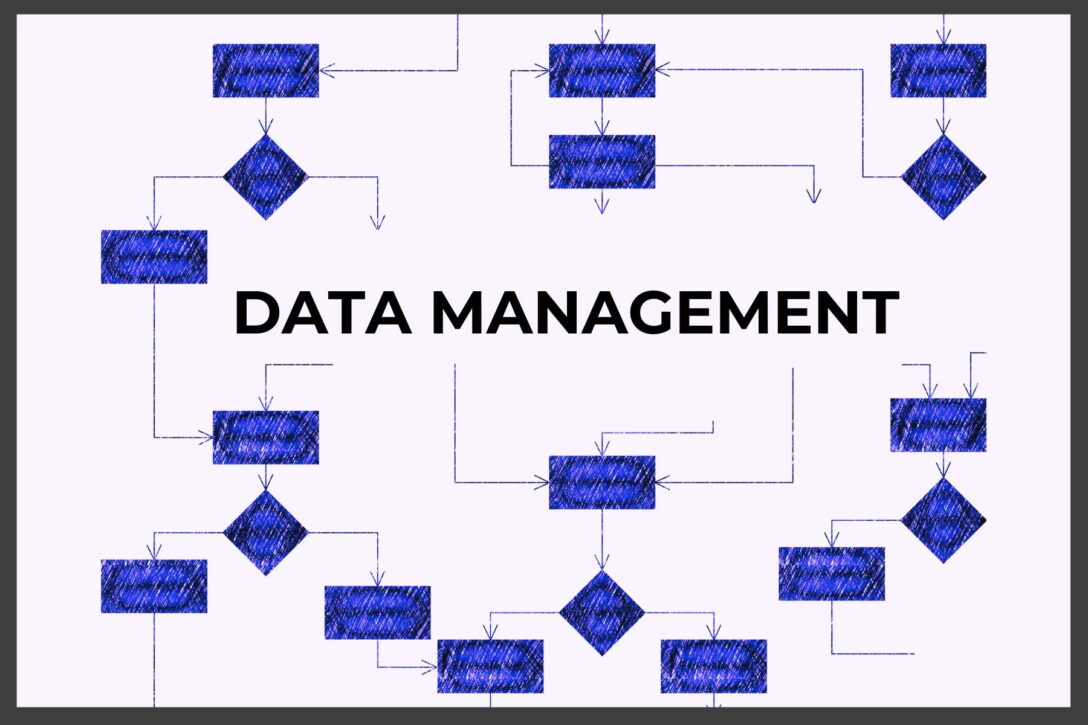
#2 Put Data Management Processes on Autopilot
Another way to ensure that your CRM is clean, organized, and efficient is to automate your data management processes. Most organizations initiate data management projects when problems arise. However, when data management is automated, these problems can be avoided.
In fact, LeanData helps you put data management practices on autopilot – like a modern data housekeeper, in ten powerful ways:
- Appending text to a field
- Updating related records
- Automatically adding Contact roles to Opportunities
- Reassigning Inactive-Owned records
- Grouping related Leads with no Account match
- Managing “Orphan” prospects in Outreach
- Analyzing lists for event-related Account matches
- Automating change management for Sales teams
- Aligning Contacts with Account owners
- Handling enrichment
No RevOps team wants to manually add Contacts to Opportunities or reassign inactive-owned records. It’s a waste of their valuable time. Automating data management not only prevents dirty data but also frees up time for more important revenue-generating activities.
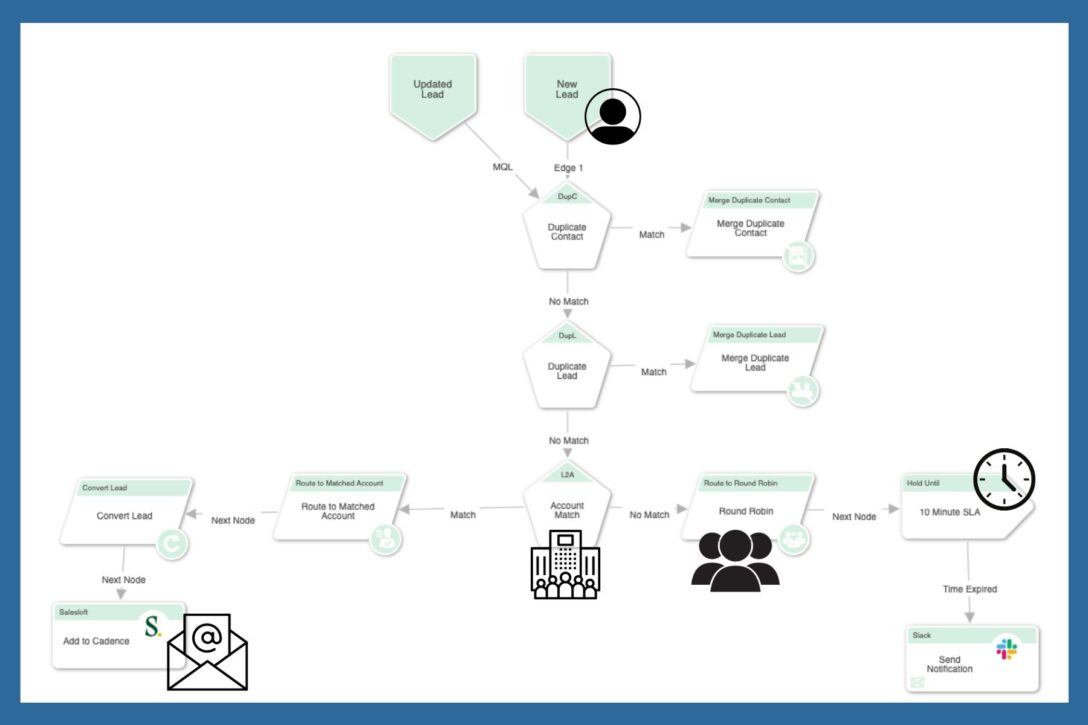
#3 Improve Lead Routing Practices
Improving lead routing practices turns your CRM into a super-organized filing system – everything has its spot. When you direct Leads to the right places quickly, you avoid data chaos. Plus, with Leads going to the right teams at the right time, your speed to lead improves. Buyers move down the funnel faster.
If your CRM is Salesforce, here’s a short checklist to help you audit your current lead routing practices:
- When was the last time you audited your lead assignment rules?
- How are you preventing leads from double routing?
- Have you performed A/B testing on your lead routing systems to determine the fastest speed to lead?
- How are you routing Accounts with high buyer intent?
- How are you routing after a Lead has been converted to a Contact?
- Does your routing process include merging duplicates?
- If necessary, are your users able to manually trigger routing?
Of course, all routing processes are not the same. Every company’s go-to-market strategy is unique. However, when lead routing practices are optimized, they deliver clean data, improve sales productivity, and give prospects a great buying experience.
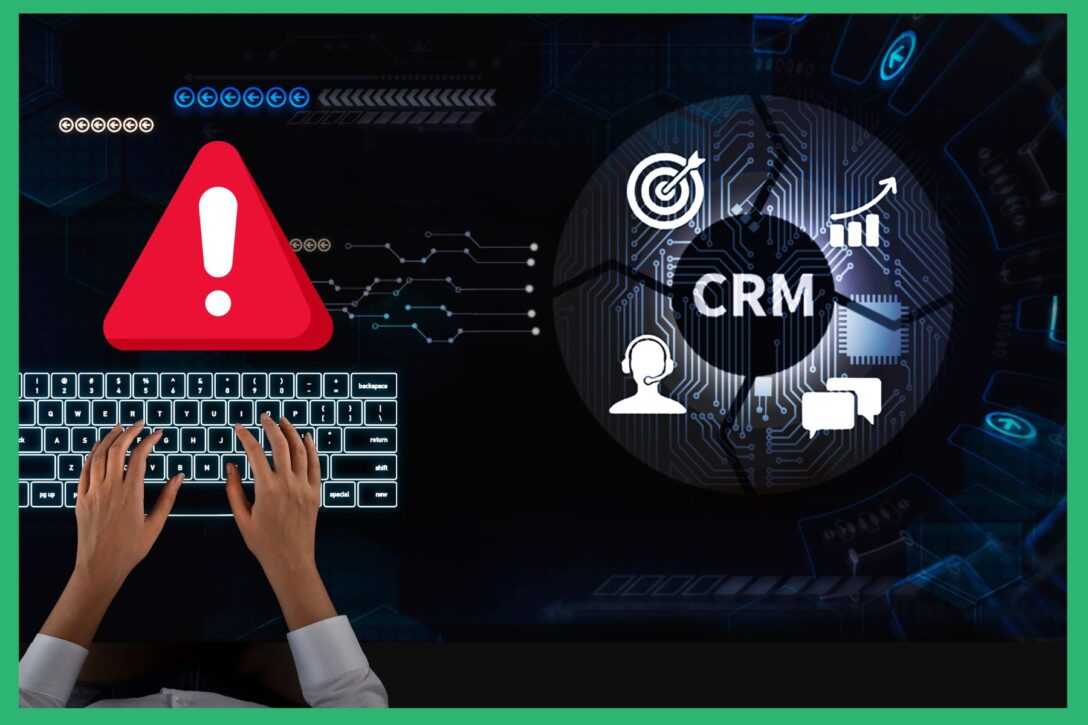
#4 Automate Dirty Data Alerts
An important component of the data governance plan suggested in number one above includes regular auditing and maintenance. However, with so much going on in your CRM, running weekly and monthly reports is likely not enough to capture all your data issues.
Automating alerts is an excellent way to catch potential problems as they occur.
LeanData offers automated alerts delivered into Slack, Microsoft Teams, or email. These automated alerts can be full of rich context — like details on the data issue and what steps to take next.
Here are a few potential scenarios for dirty data alerts:
Routing Monitoring Alert
LeanData admins can receive proactive alerts if routing processes were delayed, aborted, or incomplete. These alerts will help efficiently resolve issues and deliver missing records before teams notice an impact.
Duplicate Record Alert
LeanData will find duplicate accounts using our matching algorithm, alert the account owner, and stamp the ID of the duplicate onto the new account. At a later time, an employee can manually review the accounts and merge appropriately.
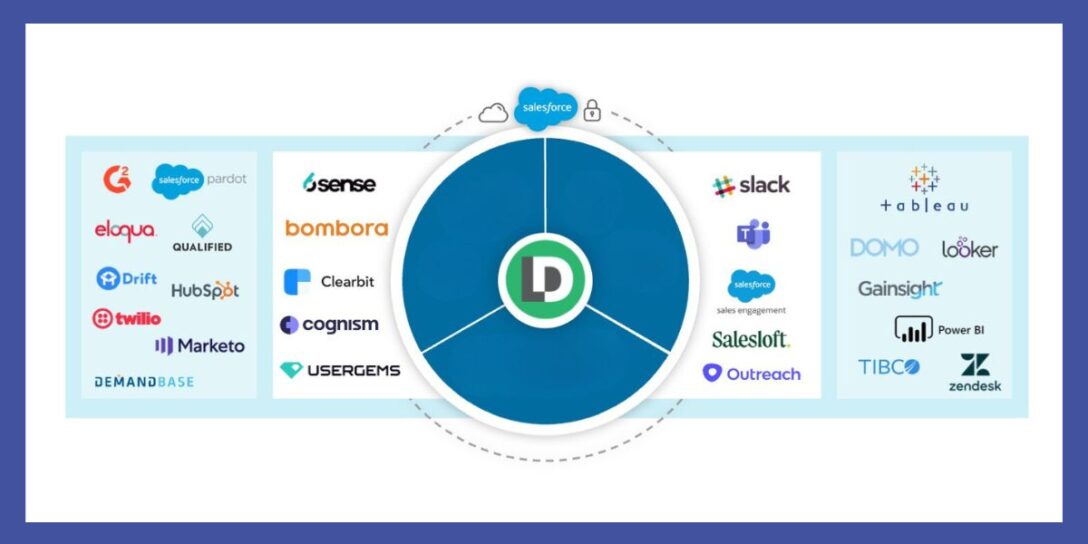
#5 Boost Your Data Flow Through Revenue Orchestration
A connected tech stack is the ultimate hero in the battle against dirty data. By seamlessly connecting different tools and systems, you ensure a smooth flow of your data.
LeanData customers describe our Revenue Orchestration platform as the “quarterback” of their tech stack, the “connective tissue,” and even the “backbone” of their CRM.
By automating and streamlining the lead-to-account matching process, LeanData ensures that each piece of data finds its perfect match. This precision reduces the chances of duplicates and inaccuracies, keeping your data pristine.
Additionally, the LeanData platform connects with more than 17 integration partners, facilitating the unhindered transmission of information.
Most organizations today have been tasked with doing more with less. This means revenue teams must build an efficient tech stack that works for both buyers and employees.
While there’s a SaaS tool to support practically anything, Revenue Orchestration helps remove overlapping investments and create an efficient data flow.

Reap the Rewards of Cleaner Data This Year
If you’re still not convinced your organization should tackle a data cleanup project this year, let’s address what’s in it for you.
Cleaning your CRM data will directly influence revenue outcomes. Your Sales team will be more productive and your buyers will have a better customer experience.
If that’s still not enough, clean data will make your teams more efficient by streamlining processes and reducing manual effort.
Imagine delivering those positive outcomes at the next company meeting. I can already hear the applause…
